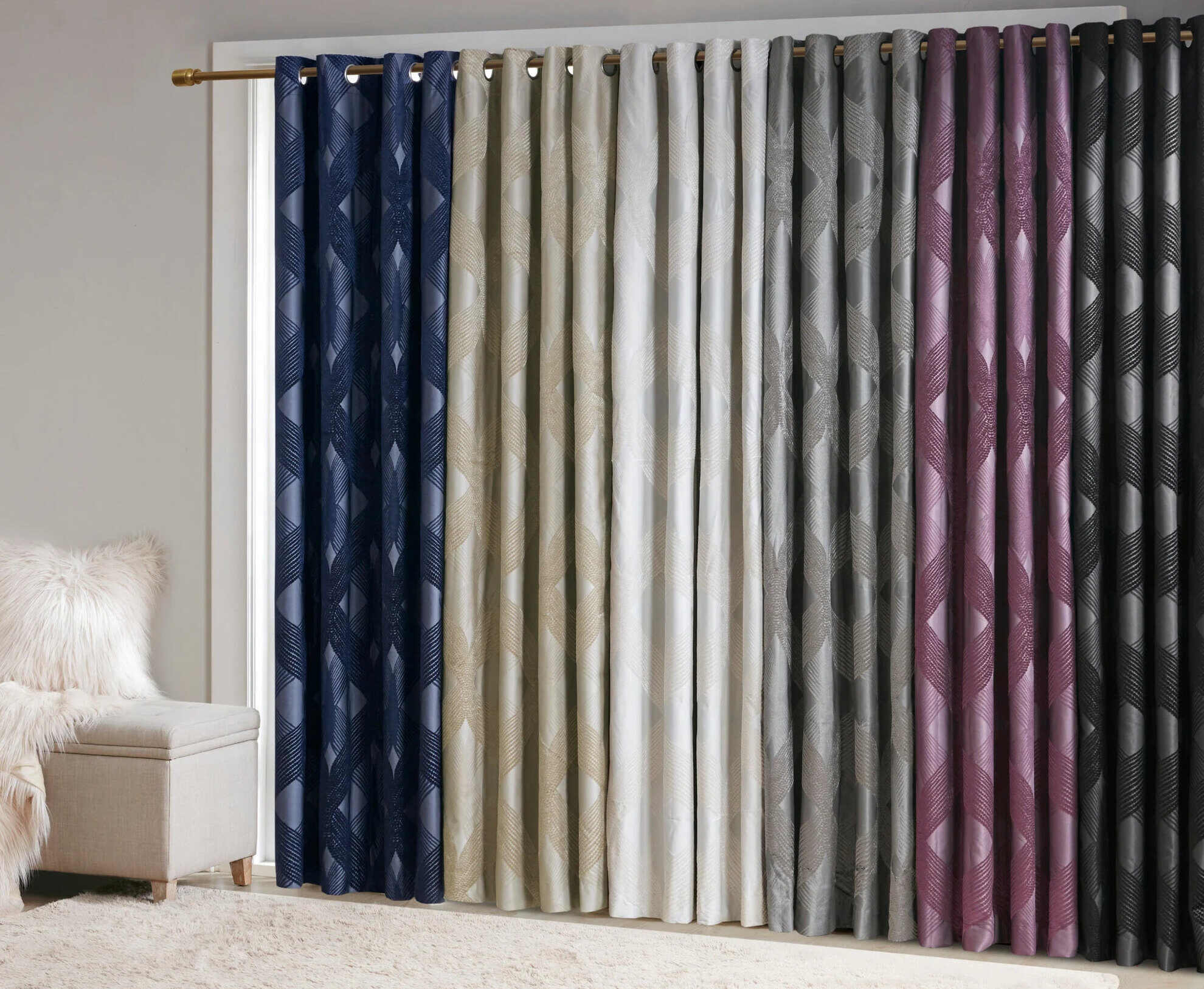

Articles
What Is A Curtain Panel
Modified: January 7, 2024
Learn everything you need to know about panel curtains with our informative articles. Discover different styles, materials, and installation tips.
(Many of the links in this article redirect to a specific reviewed product. Your purchase of these products through affiliate links helps to generate commission for Storables.com, at no extra cost. Learn more)
Introduction
When it comes to home decor, curtains play a crucial role in defining the style and ambiance of a room. They not only offer privacy and control over natural light, but also add a touch of elegance and character to any space. And one key element that makes curtains truly stand out is the panel. In this article, we will explore everything you need to know about curtain panels.
A curtain panel refers to a single piece of fabric that is used to cover a portion of a window or a sliding glass door. It is typically long and narrow, and it is designed to be hung vertically. Curtain panels are a versatile choice for window treatments, as they can be used alone or in combination with other window coverings like valances or blinds.
Maximizing the beauty and functionality of curtain panels involves understanding the different types available, selecting the appropriate fabric, ensuring proper measurements, and exploring various hanging and styling options. So, let’s dive into the details of curtain panels and find out how you can elevate the look of your windows with these stylish and practical accessories.
Key Takeaways:
- Curtain panels are a versatile and stylish way to enhance any room, offering privacy, light control, and decorative appeal. With a wide range of types, fabrics, and design options, they provide both functionality and beauty to your windows.
- By carefully selecting the right fabric, measurements, and styling options, curtain panels can transform your space, adding elegance, privacy, and light control. Their versatility and customization options make them an essential element of window treatments.
Read more: What Does 1 Panel Of Curtains Mean
Definition of a Panel for Curtains
A panel for curtains refers to a single piece of fabric that is used to cover a portion of a window or a sliding glass door. It is a fundamental component of window treatments, offering privacy, light control, and adding a decorative element to any room. Curtain panels are designed to be hung vertically, either on their own or in combination with other window coverings.
Unlike other types of window treatments, such as blinds or shades, which cover the entire window when closed, curtain panels come in varying widths and lengths, allowing for customization and versatility. They can be used to cover just a portion of the window, allowing natural light to filter through, or fully cover the window when desired.
Curtain panels can be made from a wide range of fabrics, including sheer, lightweight, or heavier materials, depending on the desired level of privacy and light control. They are available in various styles, colors, and patterns to complement any interior design theme, from traditional to modern and everything in between.
What sets curtain panels apart from other window coverings is their ability to be styled and manipulated in numerous ways. They can be tied back with decorative tiebacks or holdbacks, allowing for an open and airy look, or left to hang freely for a more dramatic statement. Curtain panels can also be layered with other window treatments, such as valances or blinds, to create a multi-dimensional and visually appealing effect.
In summary, a panel for curtains is a single piece of fabric that is used to cover a portion of a window or a sliding glass door. It provides privacy, light control, and decorative appeal to any room. With their versatility, customization options, and ability to enhance the overall aesthetic of a space, curtain panels are an essential element of window treatments.
Types of Curtain Panels
When it comes to curtain panels, there is a wide variety of styles and types to choose from. Each type offers a unique aesthetic and functionality, allowing you to find the perfect match for your home decor and window treatment needs. Here are some popular types of curtain panels:
- Sheer Curtain Panels: Sheer curtain panels are made from lightweight fabrics that allow natural light to filter through while providing a soft and elegant look. They are ideal for creating a breezy and ethereal ambiance in a room. Sheer curtain panels are often used in living rooms, dining areas, or bedrooms where privacy is not a major concern.
- Blackout Curtain Panels: Blackout curtain panels are designed to block out sunlight and provide maximum privacy. They are made from thick, opaque fabrics that effectively prevent light from entering the room. Blackout curtain panels are perfect for bedrooms, home theaters, or any space where you want to create a dark and cozy atmosphere.
- Patterned Curtain Panels: Patterned curtain panels add a decorative element to your windows and can enhance the overall theme of a room. They come in a wide range of patterns, including floral, geometric, striped, and many more. Patterned curtain panels are a great choice for adding visual interest and personality to any space.
- Thermal Curtain Panels: Thermal curtain panels are constructed with insulating materials that help regulate the temperature in a room. They provide energy efficiency by helping to keep the heat out during hot summer months and retain warmth during winter. Thermal curtain panels are excellent for saving energy and reducing heating and cooling costs.
- Grommet Curtain Panels: Grommet curtain panels feature metal rings or grommets along the top, through which the curtain rod is threaded. This creates a sleek and modern look while allowing for smooth and effortless opening and closing of the panels. Grommet curtain panels are easy to install and provide a contemporary touch to any room.
- Rod Pocket Curtain Panels: Rod pocket curtain panels have a sewn-in pocket along the top, through which a curtain rod is inserted. This creates a gathered, classic look and allows for easy installation. Rod pocket curtain panels are a timeless choice that works well in traditional and formal settings.
These are just a few examples of the various types of curtain panels available. Whether you prefer sheer elegance, blackout functionality, bold patterns, thermal efficiency, or contemporary simplicity, there is a curtain panel type that will suit your style and needs.
Fabric Choices for Curtain Panels
When it comes to selecting the fabric for your curtain panels, it is important to consider both the aesthetic appeal and the functionality that you desire. The choice of fabric can greatly impact the overall look and performance of your curtains. Here are some popular fabric options for curtain panels:
- Cotton: Cotton is a versatile and widely used fabric for curtain panels. It is durable, easy to maintain, and offers a natural, crisp look. Cotton curtain panels are available in a wide range of colors and patterns, making them suitable for various interior styles.
- Silk: Silk is a luxurious fabric that adds elegance and sophistication to any room. It has a soft, lustrous appearance and drapes beautifully. Silk curtain panels are an excellent choice for formal spaces and can instantly elevate the overall aesthetic.
- Linen: Linen is a natural fabric that has a textured and casual look. It offers a relaxed and breezy vibe to a room and works well in coastal or farmhouse-style interiors. Linen curtain panels provide a touch of warmth and natural elegance.
- Velvet: Velvet is a sumptuous, heavyweight fabric that adds richness and opulence to a space. It has a soft and luxurious feel, and its plush texture creates a sense of grandeur. Velvet curtain panels are ideal for creating a dramatic and luxurious ambiance.
- Polyester: Polyester is a synthetic fabric that is known for its durability and resistance to wrinkling. It is easy to clean and maintain, making it a practical choice for curtain panels in high-traffic areas or homes with pets and children. Polyester curtain panels are available in a wide range of colors and patterns.
- Sheer Fabrics: Sheer fabrics like chiffon, voile, or organza are lightweight and translucent. They allow natural light to filter through while providing privacy. Sheer curtain panels create an ethereal and romantic look and work well in spaces where you want to maintain a sense of openness.
When choosing the fabric for your curtain panels, consider the functionality you need, the style of your room, and the overall ambiance you want to achieve. Additionally, consider factors such as maintenance requirements, durability, and the level of privacy and light control you desire. By carefully selecting the fabric, you can ensure that your curtain panels not only look beautiful but also serve their purpose effectively.
Measurements and Sizing of Curtain Panels
Getting the right measurements and sizing for your curtain panels is crucial to ensure a perfect fit and a polished look. Here are some important considerations when it comes to measuring and sizing your curtain panels:
Width: Start by measuring the width of your window or the area you want the curtain panels to cover. For a classic and full look, it is generally recommended to choose curtain panels that are 1.5 to 2 times the width of your window. This allows for ample fabric to create elegant folds and a luxurious appearance when the curtains are open or closed.
Length: The length of your curtain panels depends on your personal preference and the style you want to achieve. There are three common lengths to choose from:
- Apron Length: This length typically falls just below the window sill, providing a clean and tailored look that works well in kitchens or bathrooms.
- Floor Length: Floor-length curtain panels are designed to extend all the way to the floor, creating a dramatic and elegant look. This length is ideal for living rooms, dining areas, or bedrooms.
- Puddle Length: Puddle-length curtain panels are longer than floor-length curtains, allowing the excess fabric to pool on the floor for a luxurious and romantic vibe. This length is popular in formal and grand spaces, adding a touch of opulence and drama.
Height: When measuring the height of your curtain panels, consider how you want your curtains to hang. If you plan to install curtain rods closer to the ceiling, measure from the top of the rod to the desired length. On the other hand, if you prefer to hang the curtain rods just above the window frame, measure from the bottom of the rod to the desired length.
Hemming: It’s important to account for the hemming of your curtain panels. The hem adds a finished look to the bottom of the panels and prevents fraying. Plan for an additional 1-2 inches for the hem when determining the length of your panels.
Remember to measure each window individually, as they may vary in size. It’s also a good idea to take into account any potential obstructions like radiators or furniture that could affect the placement and sizing of your curtain panels.
Overall, accurate measurements and proper sizing are key to achieving a cohesive and polished look for your curtain panels. Taking the time to measure carefully will ensure that your panels fit perfectly and enhance the aesthetics of your space.
When choosing a panel for curtains, consider the fabric weight and opacity to determine the amount of light and privacy you desire. Thicker, more opaque panels will block out more light and provide more privacy, while lighter, sheer panels will let in more light and offer less privacy.
How to Hang Curtain Panels
Hanging curtain panels may seem like a simple task, but there are a few key considerations to ensure they look their best and function properly. Follow these steps to hang your curtain panels with ease:
- Measure and Mark: Start by measuring and marking the desired height of your curtain rod brackets. Typically, curtain rods are positioned a few inches above the top of the window frame or near the ceiling for a more elongated and dramatic look.
- Install Curtain Rods: Use a level to ensure your curtain rod brackets are straight, then install the brackets securely using appropriate screws or hardware. Make sure the curtain rod is wide enough to accommodate the width of your curtain panels.
- Prepare Curtain Panels: Before hanging your curtain panels, make sure they are pressed or steamed to remove any creases or wrinkles. If required, hem the panels to the desired length for a polished look.
- Attach Curtain Rings or Hooks: If your curtain panels require rings or hooks, attach them to the top edge of the panels. Make sure the rings or hooks are evenly spaced to ensure the panels hang smoothly and evenly.
- Thread Curtain Panels: Slide the curtain rings or hooks onto the curtain rod, ensuring that the fabric of the panels remains evenly distributed. Gently push the rings or hooks to one side to create a unified fold for a more streamlined appearance.
- Arrange and Adjust: Once the curtain panels are on the rod, take a step back and adjust the panels to ensure they hang evenly and have the desired look. Tug gently on each panel to create equal and symmetrical folds.
- Secure Tiebacks or Holdbacks (Optional): If you want to hold your curtain panels open, use decorative tiebacks or holdbacks. These can be positioned at the desired height or distance from the edge of the panels to create an elegant draping effect.
- Finishing Touches: Once your curtain panels are hung, step back and examine the overall appearance. Adjust as needed to ensure the panels are level, symmetrical, and offer the desired amount of coverage, privacy, and light control.
Remember, the way you hang your curtain panels can greatly impact the overall look and functionality of your window treatments. Taking the time to properly install and arrange them will ensure that they enhance the aesthetics and serve their purpose effectively in your space.
Styling and Design Options for Curtain Panels
Curtain panels offer endless opportunities for creativity and customization, allowing you to elevate the style and design of your space. Here are some popular styling options and design ideas to consider when it comes to curtain panels:
- Layering: Create visual interest and dimension by layering curtain panels with other window treatments such as valances, blinds, or shades. This adds depth to your window treatment and allows for more flexibility in light control and privacy options.
- Tiebacks and Holdbacks: Add an elegant touch by incorporating decorative tiebacks or holdbacks. These accessories hold the curtain panels to the side, allowing natural light to flow through and creating a soft, draped effect.
- Mixing Patterns: Play with patterns by mixing different curtain panel designs. For example, pair solid-colored panels with patterned panels to create visual interest and balance. Just ensure that the different patterns complement each other and tie in with the overall decor scheme.
- Contrasting Colors: Make a bold statement by choosing curtain panels in contrasting colors to your wall color or decor. This can create a striking focal point and add a pop of color to the room.
- Adding Trim: Enhance the look of your curtain panels by adding decorative trims such as tassels, fringes, or pom-poms along the edges. This adds a touch of sophistication and can elevate the overall design of your curtains.
- Length Variation: Experiment with different lengths of curtain panels in the same space to create a dynamic and stylish look. For example, choose floor-length panels for some windows and shorter panels for others to create visual interest and architectural balance in the room.
- Bold Colors and Patterns: If you want to make a statement, opt for bold or vibrant colors and patterns for your curtain panels. This can add personality and drama to your space, making the curtains a focal point of the room.
- Customizations: Consider customizing your curtain panels with features such as pleats, top treatments, or unique header styles. This allows you to create a personalized look that reflects your individual style and adds a touch of uniqueness to your window treatments.
Remember to strike a balance between style and functionality when choosing your curtain panel designs. Ensure that the curtains align with your overall decor theme and provide the desired level of privacy and light control.
By exploring different styling and design options, you can create curtain panels that not only complement your space but also add a touch of character and elegance to your windows.
Benefits of Using Curtain Panels
Curtain panels offer a wide range of benefits, making them a popular and versatile choice for window treatments. Here are some of the key advantages of using curtain panels in your home:
- Privacy: One of the primary functions of curtain panels is to provide privacy. By covering your windows partially or fully, curtain panels block the view from the outside, preventing prying eyes from seeing into your space.
- Light Control: Another significant benefit of curtain panels is the ability to control the amount of natural light entering your room. By opening or closing the panels, you can easily adjust the lighting to create the desired ambiance.
- Style and Aesthetics: Curtain panels add a touch of style and elegance to any room. With countless design options available, including various fabrics, colors, patterns, and decorative elements, you can find curtain panels that perfectly complement your interior decor and enhance the overall aesthetics of the space.
- Flexibility and Versatility: Curtain panels offer flexibility in terms of their usage. Whether you want to use them as standalone window coverings or in combination with other treatments like blinds or valances, curtain panels can adapt to your specific needs and preferences.
- Sound Absorption: Depending on the type and fabric of curtain panels, they can help reduce outside noise. Thicker, heavier curtain panels have sound-absorbing properties, creating a quieter and more peaceful environment inside your home.
- Temperature Regulation: Curtain panels can also contribute to temperature regulation in a room. Insulating or thermal curtain panels help block drafts and retain heat during the winter, while keeping the heat out during hot summer months. This can lead to energy savings and increased comfort in your home.
- Protection: Curtain panels also provide protection to your furniture, flooring, and other interior elements from direct sunlight exposure. They can help prevent fading, discoloration, and damage caused by harmful UV rays.
- Easy Maintenance: Most curtain panels are easy to clean and maintain. Depending on the fabric, they can be machine-washed, steamed, or dry-cleaned. This makes it convenient to keep your curtain panels looking fresh and beautiful for years to come.
With their ability to offer privacy, control light, enhance style, and provide multiple functional benefits, curtain panels are an excellent choice for window treatments in any home. Their versatility and wide range of design options make them a popular and timeless choice for adding beauty and functionality to your living spaces.
Frequently Asked Questions about Curtain Panels
Here are answers to some commonly asked questions about curtain panels :
Q: What is the difference between curtain panels and curtains?
A: Curtain panels typically refer to a single piece of fabric used to cover a portion of a window, while curtains typically refer to a pair of fabric panels that can fully cover the window when closed. Curtain panels are more versatile and can be used alone or in combination with other window treatments.
Q: How do I choose the right size of curtain panels for my windows?
A: To determine the width, measure the window and multiply it by 1.5 or 2 to achieve a full and luxurious look. For the length, consider whether you want the panels to touch the floor or puddle slightly. Measure from the top of the curtain rod to the desired length and add a few inches for hemming.
Q: Can curtain panels be used with blinds or shades?
A: Yes, curtain panels can be used together with blinds or shades for layered window treatments. They can complement the functionality of blinds or shades and add a decorative element to the overall look.
Q: How do I clean and maintain curtain panels?
A: The cleaning and maintenance of curtain panels vary depending on the fabric type. Most curtain panels can be machine-washed or hand-washed, while some may require dry cleaning. Always check the cleaning instructions provided by the manufacturer to ensure proper care.
Q: Can curtain panels help with energy efficiency?
A: Yes, certain types of curtain panels, such as thermal or insulating panels, can help with energy efficiency. These panels are designed to block drafts and regulate temperature, keeping your home cooler in summer and warmer in winter.
Q: How can I style curtain panels to enhance the look of my room?
A: There are numerous styling options for curtain panels. You can try layering them with other window treatments, adding decorative trims or tiebacks, or playing with contrasting colors or patterns. The key is to align the style of the curtain panels with the overall decor theme and personal taste.
Q: Where can I buy curtain panels?
A: Curtain panels can be purchased at home decor stores, department stores, or online retailers specializing in window treatments. It’s important to have accurate measurements and consider the fabric type, design options, and budget when selecting curtain panels.
Hopefully, these answers have addressed some of the questions you may have had about curtain panels. If you have any more specific inquiries, it’s always best to consult with a professional or a knowledgeable sales representative to ensure you make the best choices for your window treatment needs.
Read more: What Are Acoustic Panels
Conclusion
Curtain panels are not just functional window coverings; they are also a stylish and versatile way to enhance the aesthetics of any room. With their ability to provide privacy, control light, and add a touch of elegance, curtain panels have become a popular choice for homeowners seeking both practicality and beauty in their window treatments.
Throughout this article, we explored the definition of curtain panels, different types available, fabric choices, measurements and sizing, hanging techniques, styling options, and the benefits they offer. Curtain panels allow you to customize your window treatments to suit your individual style, decor theme, and functional requirements.
The versatility of curtain panels lies in their ability to be used alone or in combination with other window treatments. Whether you prefer a sheer, lightweight panel to allow natural light to filter through or a blackout panel to create a dark and peaceful atmosphere, there is a choice for every need and preference.
When selecting curtain panels, consider factors such as fabric type, color, pattern, size, and design elements. Take precise measurements to ensure a proper fit and consider the desired length and style. Experiment with layering, mixing patterns, adding trims, or using bold colors to create a unique and personalized look.
Not only do curtain panels enhance the style and ambiance of a space, but they also provide functional benefits such as privacy, light control, sound absorption, temperature regulation, and protection against UV rays. They can transform a room, making it more inviting, comfortable, and aesthetically pleasing.
Whether you’re looking to update the look of your living room, bedroom, kitchen, or any other room in your home, curtain panels offer a wide variety of options to suit your needs and preferences. With their timeless appeal and customization possibilities, curtain panels are a valuable addition to any home decor.
So, go ahead and explore the different curtain panel options and unleash your creativity. Transform your windows into stunning focal points while enjoying the practical benefits they provide. With the right curtain panels, you can truly elevate the look and feel of your living space.
Frequently Asked Questions about What Is A Curtain Panel
Was this page helpful?
At Storables.com, we guarantee accurate and reliable information. Our content, validated by Expert Board Contributors, is crafted following stringent Editorial Policies. We're committed to providing you with well-researched, expert-backed insights for all your informational needs.
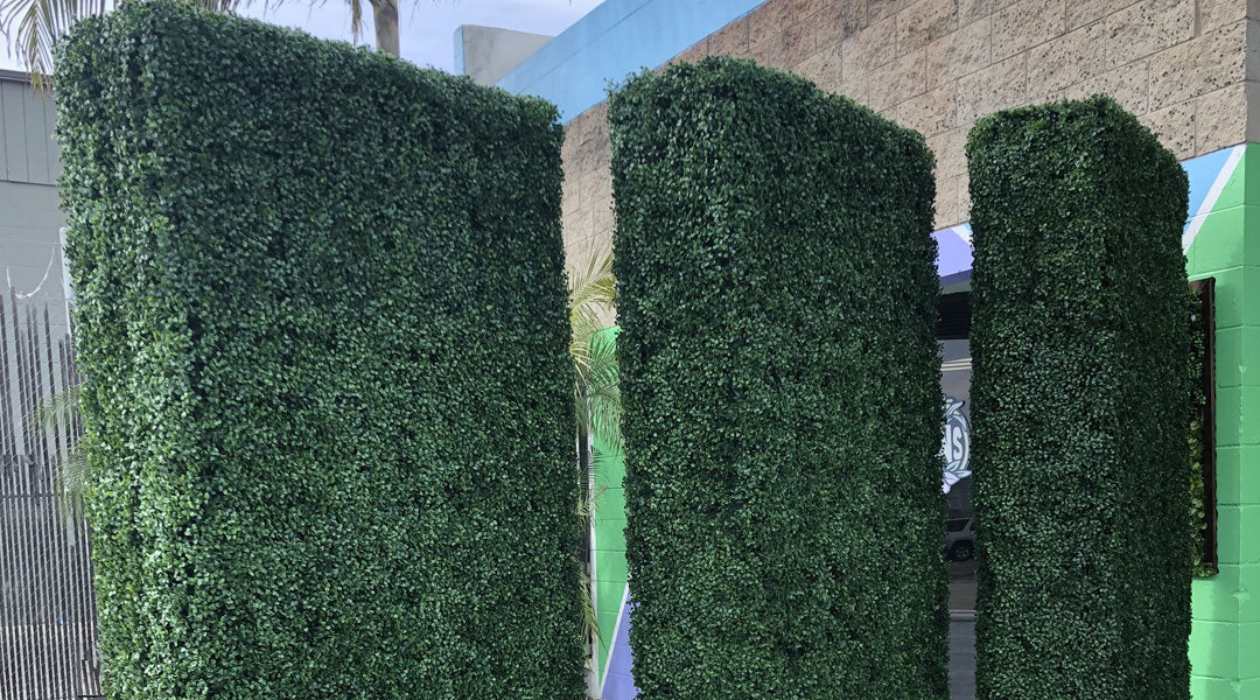
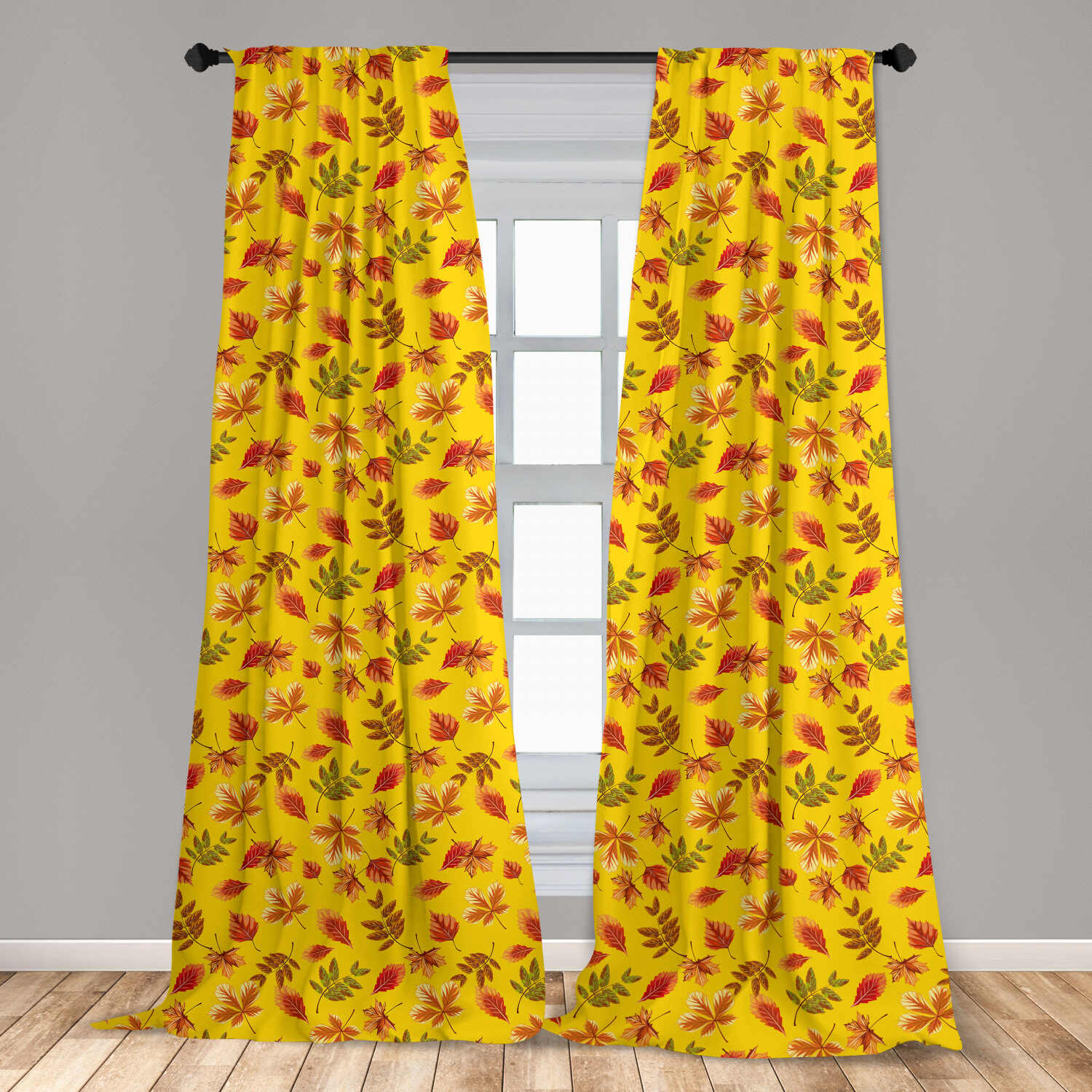
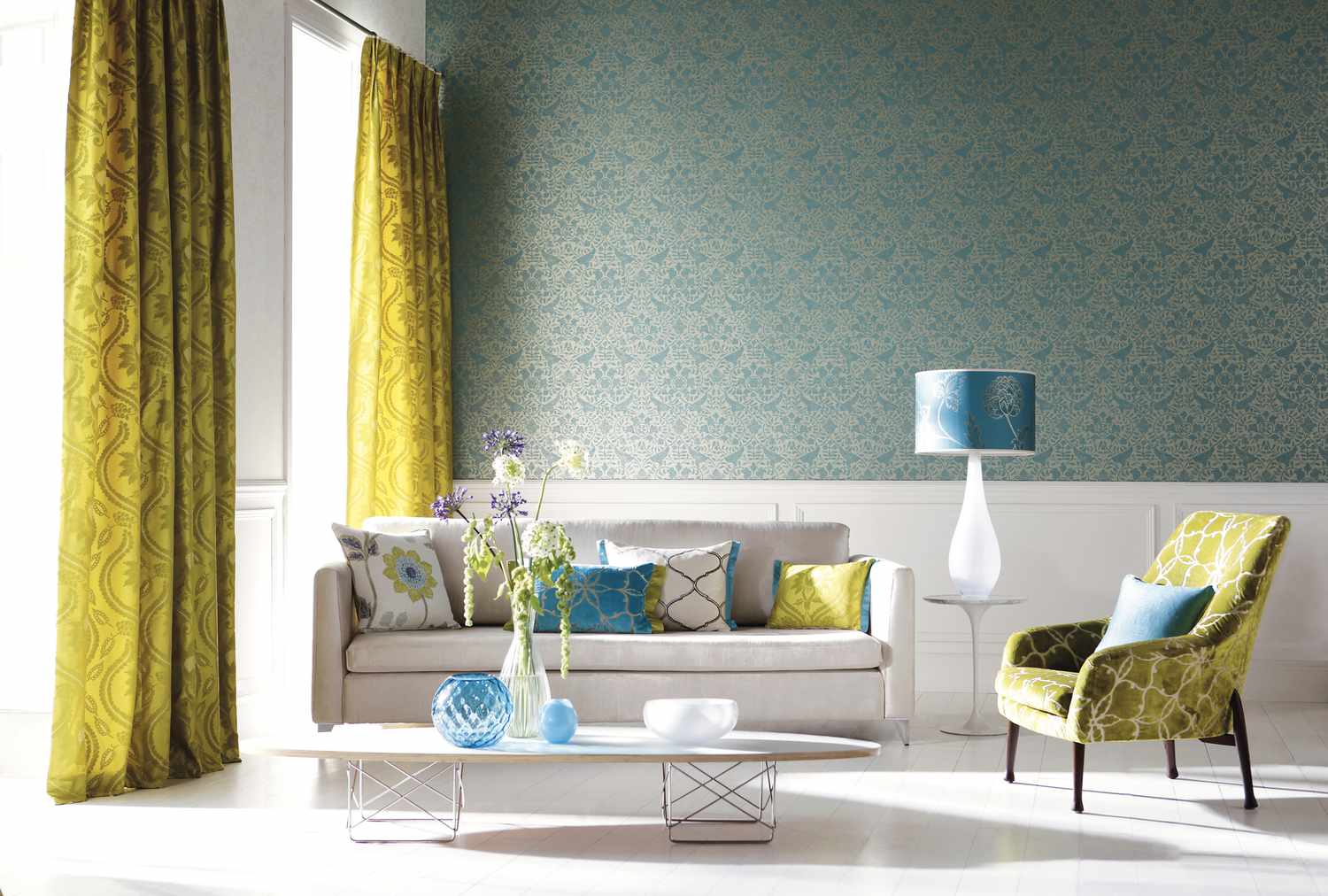
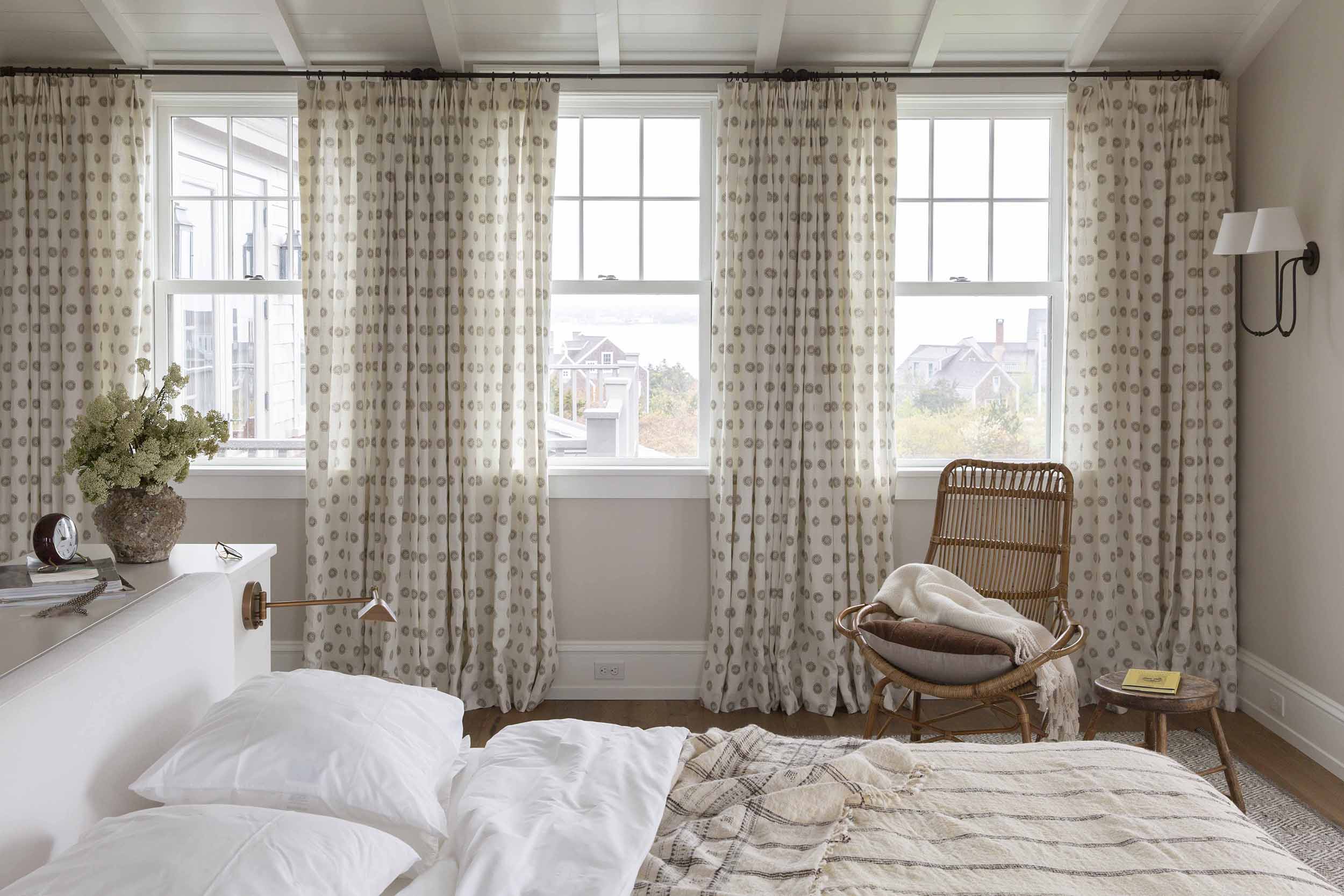
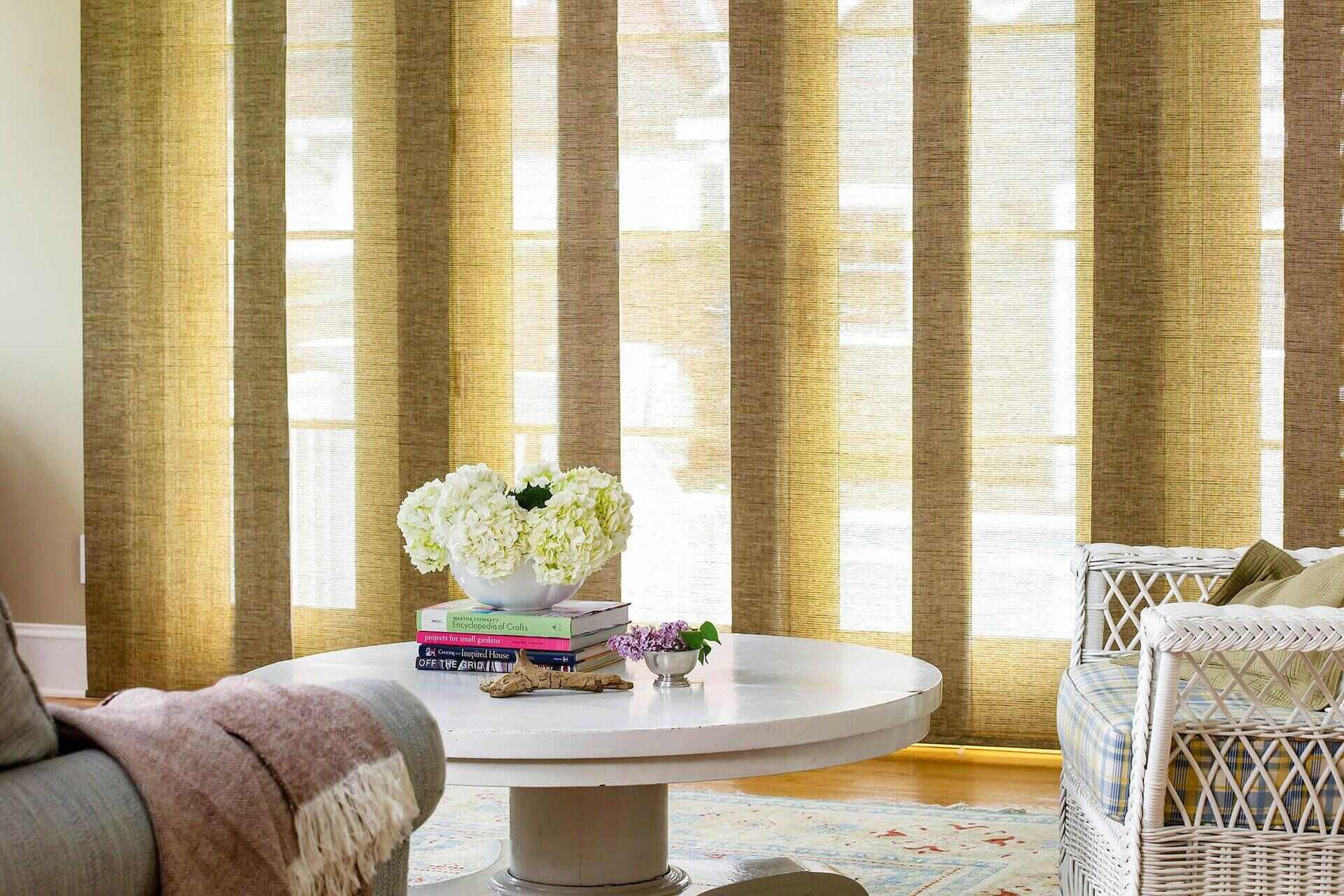
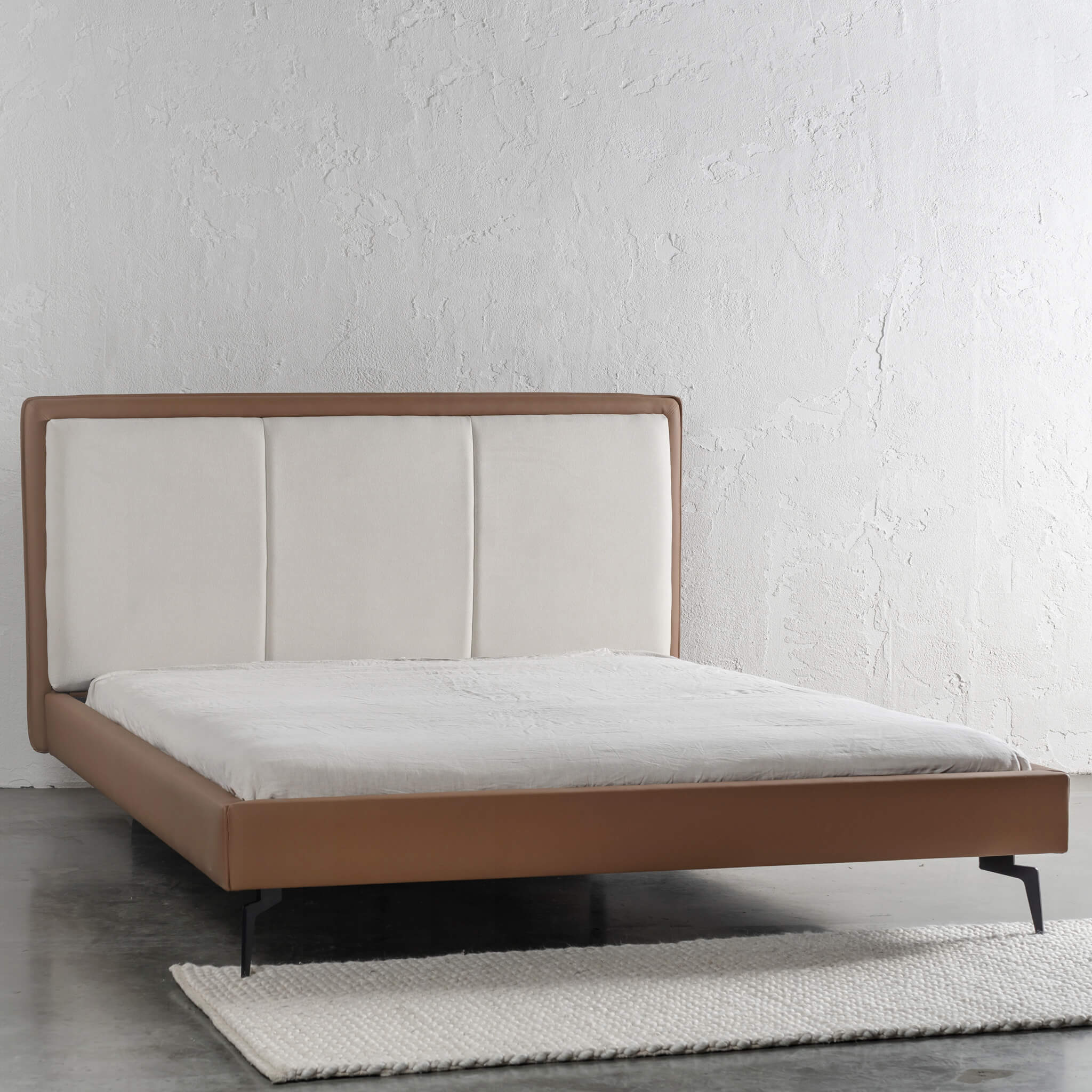
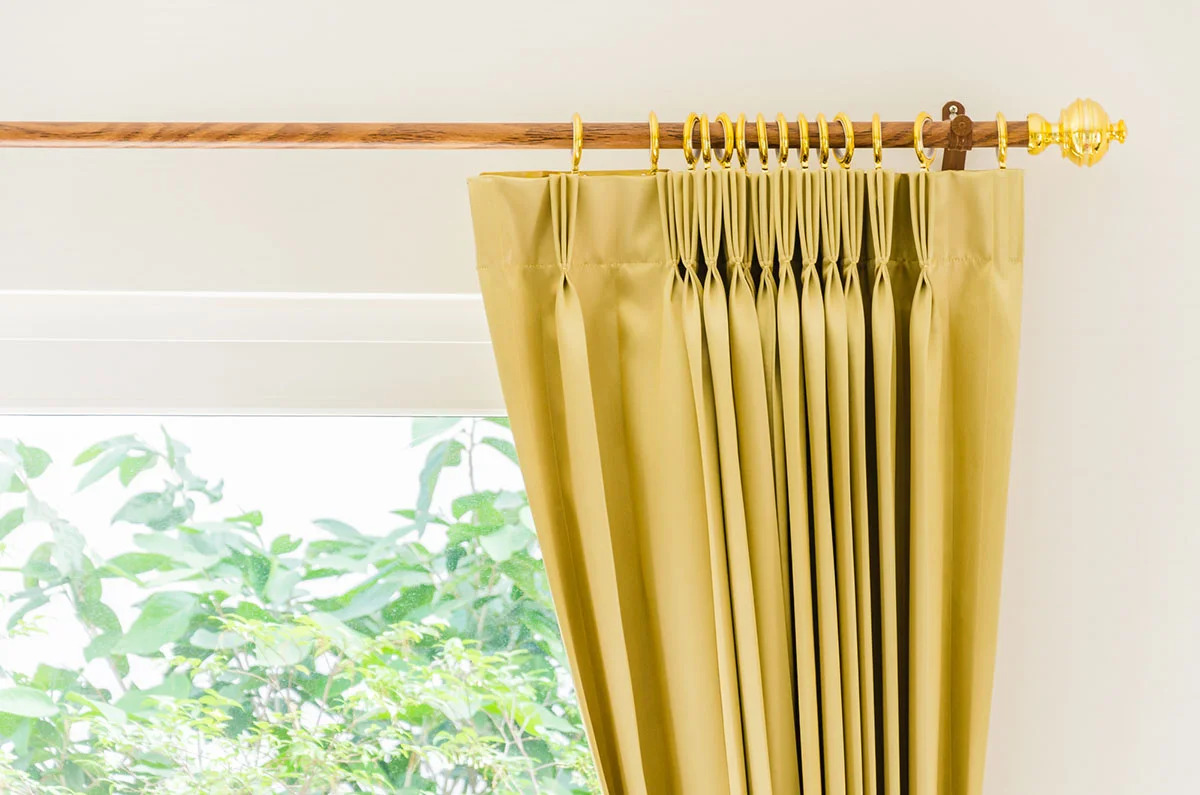
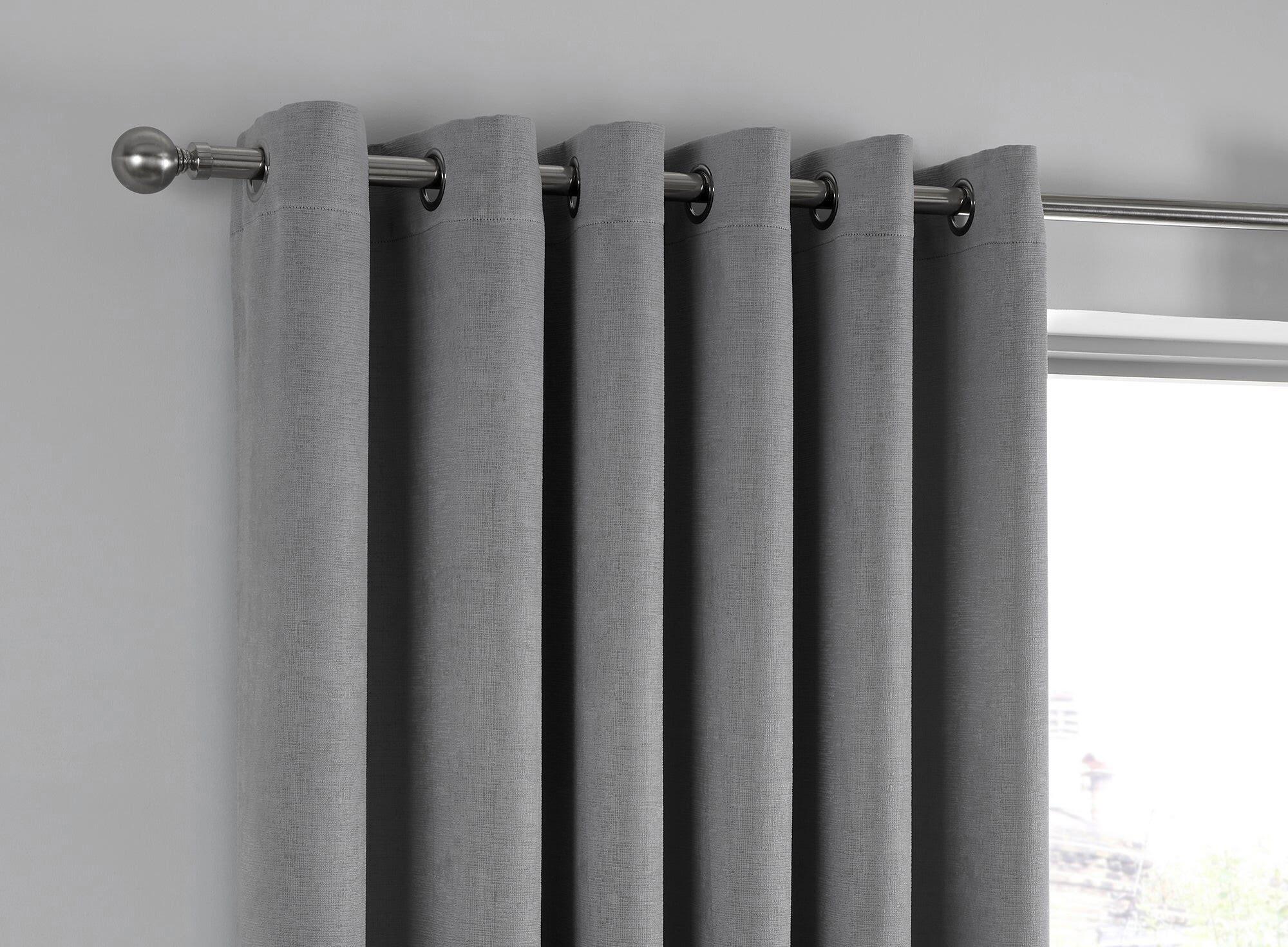
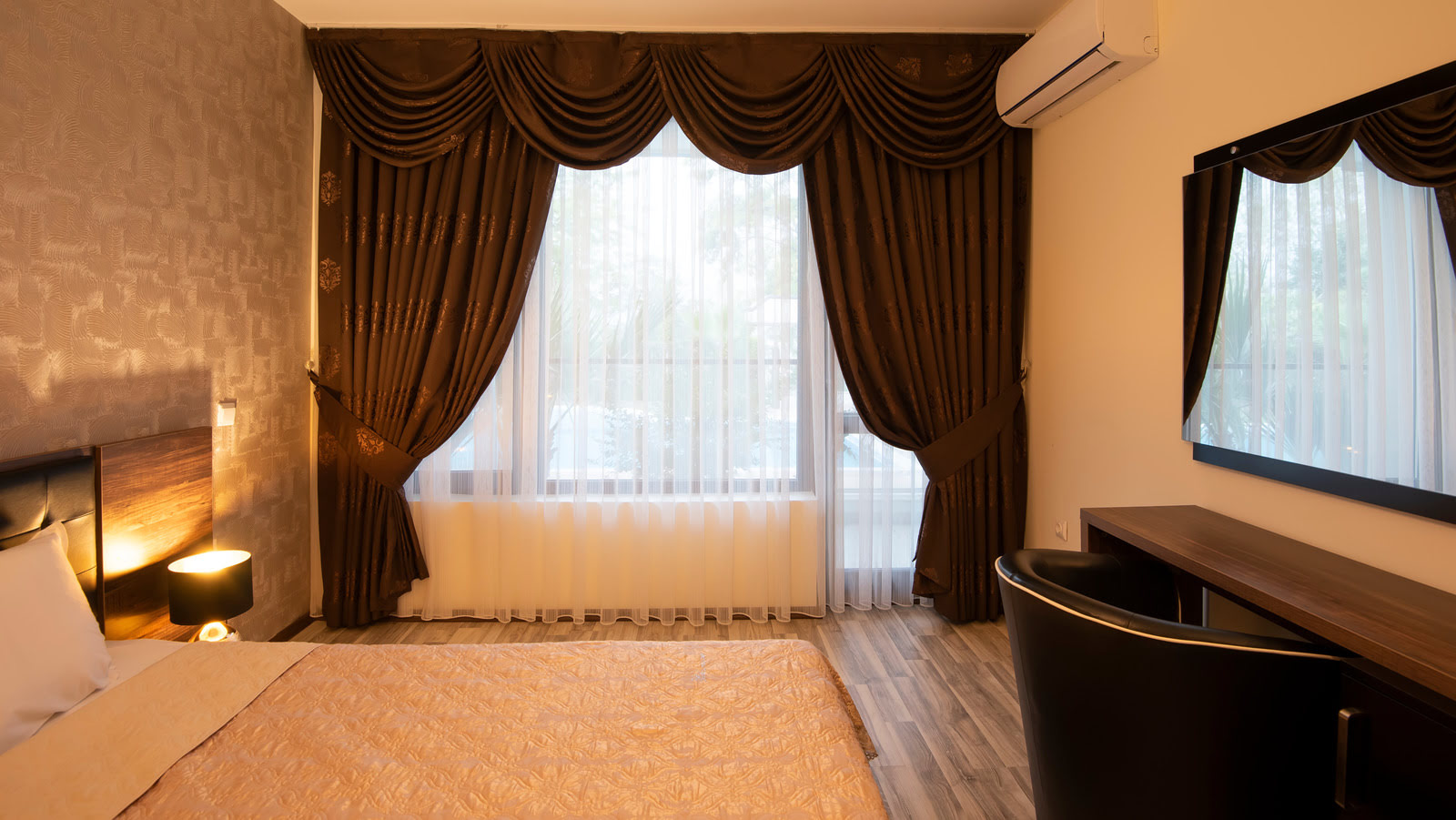
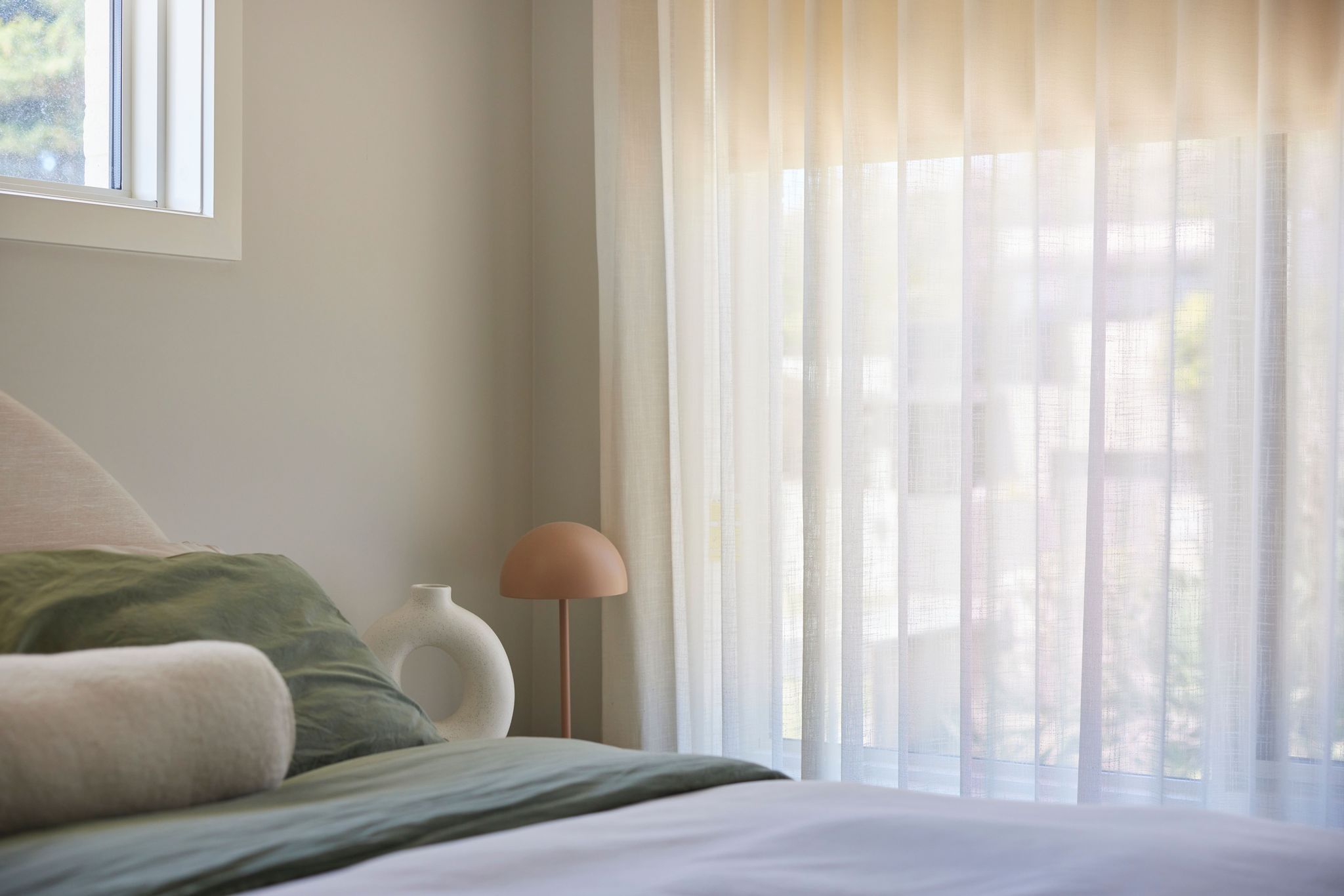
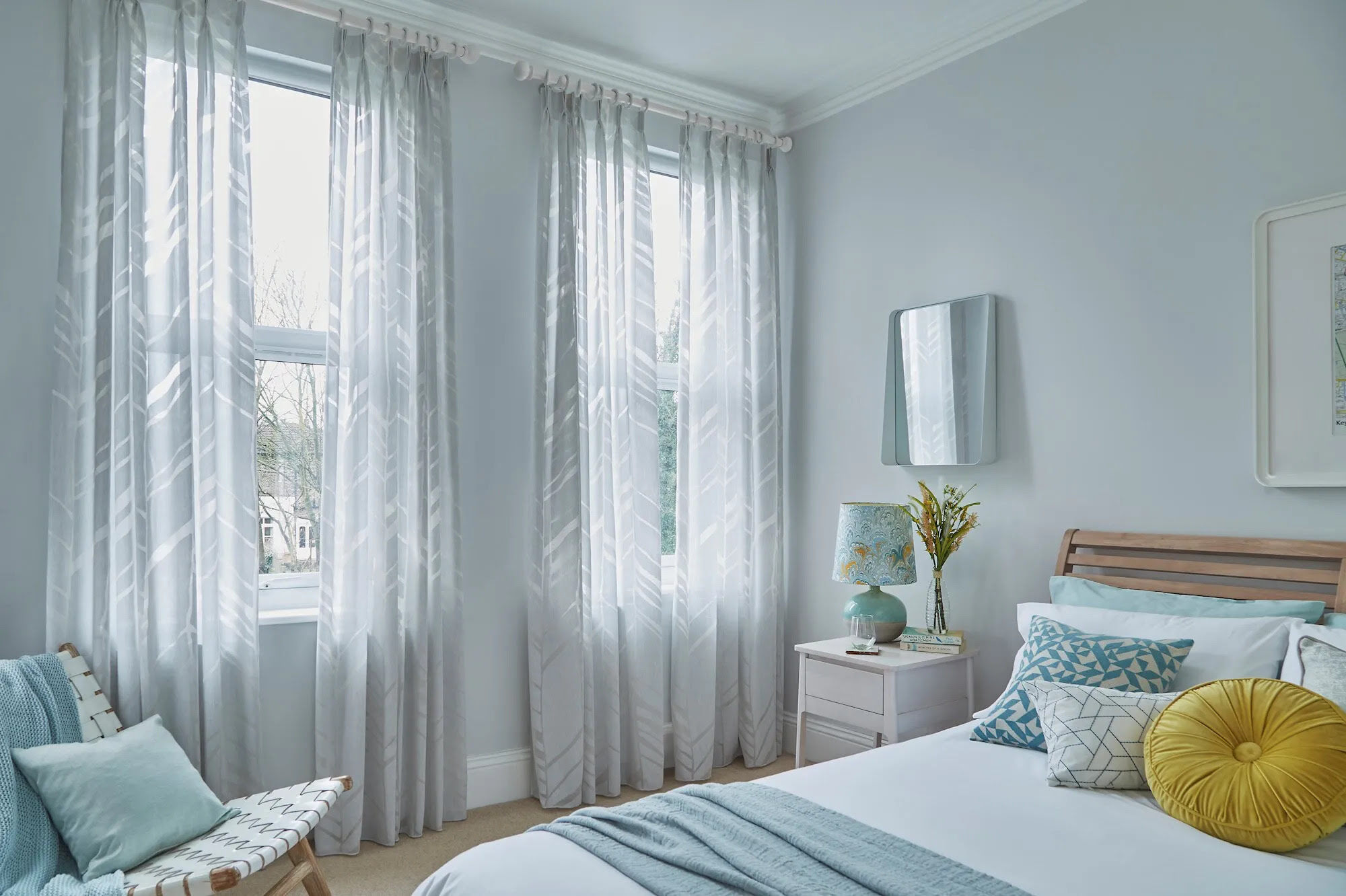
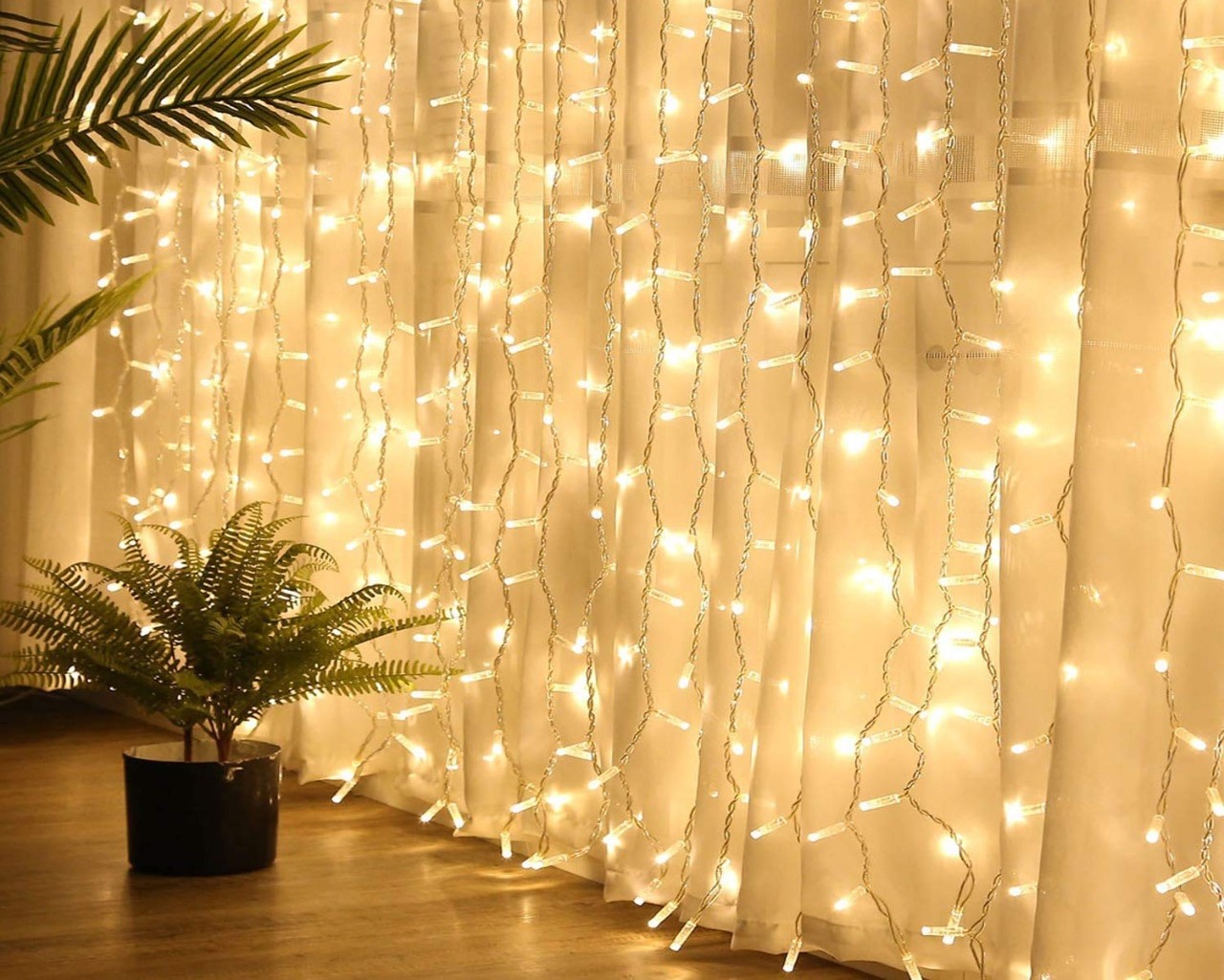
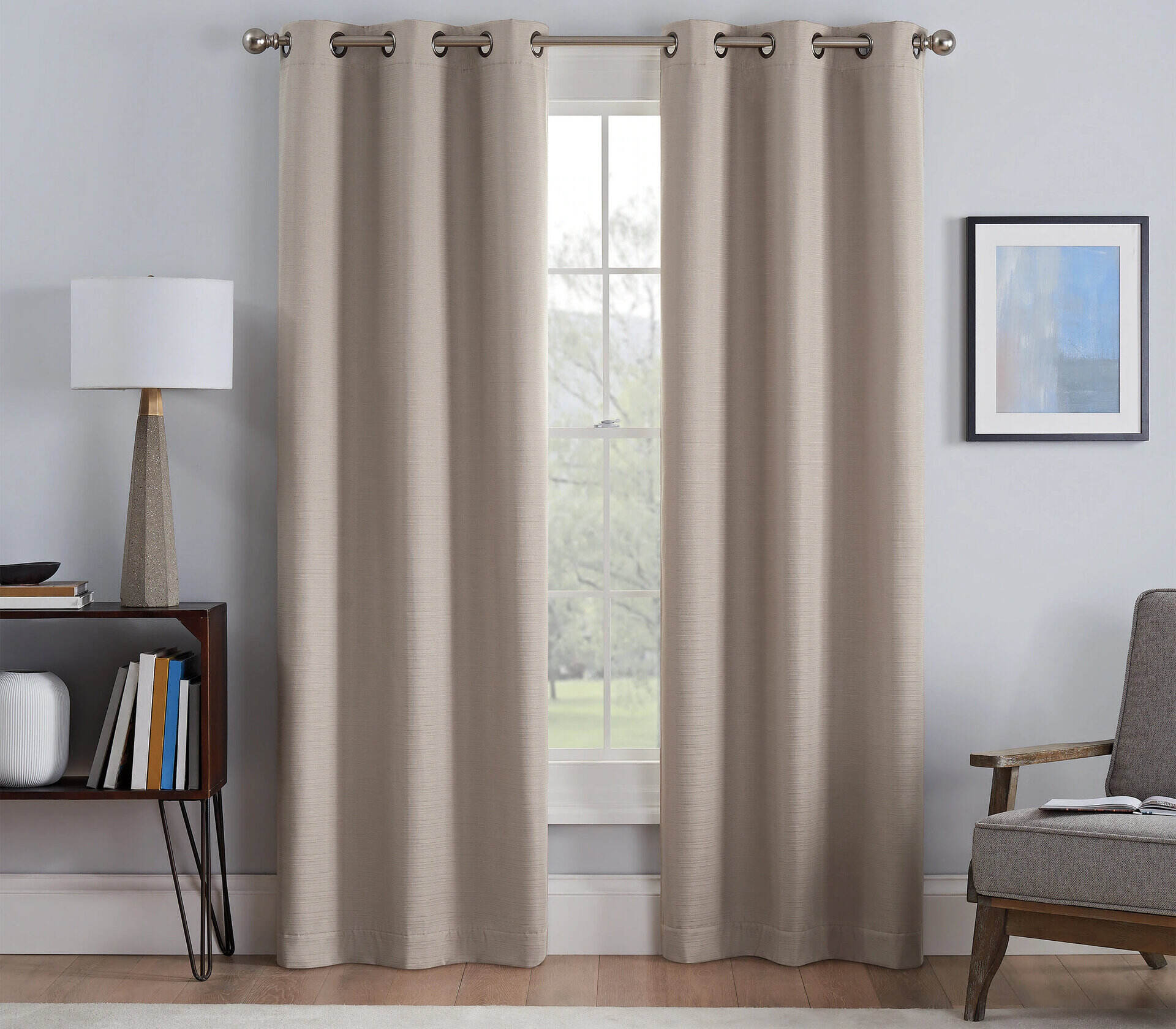

0 thoughts on “What Is A Curtain Panel”